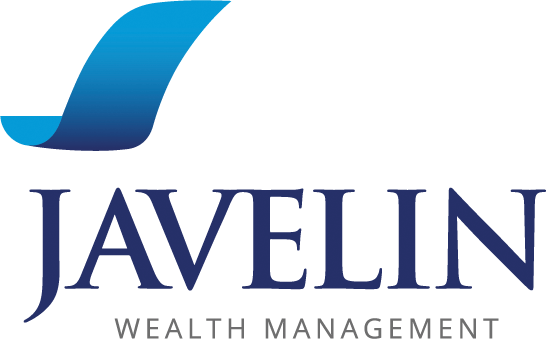Jul 09, 2024 in Financial Planning, Wealth Management
How to Prepare for Compliance Rather Than Complain About It

By Polka Mishra, Partner and Managing Director, Javelin Wealth Management
“The amount of information the bank is asking for, makes me feel like a criminal“, remarked a client during their onboarding process.
This sentiment is not uncommon.
Regulations require us to dig deep into our clients’ backgrounds and sources of wealth. To law-abiding and hard-working people, it can feel intrusive and borderline accusatory. In some cases, the whole process is called off altogether.
On the other hand, advisers are often frustrated: “My time should be spent advising clients and ensuring their best interests, rather than dealing with compliance.”
Some perceive the paperwork and constant checks as a distraction – from the real work of helping our clients to achieve their wealth objectives.
Both perspectives highlight the friction that compliance can create.
Recently, Singapore was rocked by a multibillion-dollar money laundering scandal. It wasn’t just a global headliner; it sent shockwaves through the financial sector. It was a stark reminder that rigorous compliance is essential for the survival and credibility of the entire finance industry.
So, how do we turn compliance from a chore into a cornerstone of the business?
Explain the why
Help clients understand, explain the process and justify it. At the end of the day, clients want their assets protected and thus managed by reputable wealth managers. By fully explaining the rationale behind our requests, clients are more supportive in providing the necessary information.
Keep it logical
As compliance becomes more critical, the checklists seem to be getting longer. However, are getting smarter? Instead of throwing everything at the Compliance team, and waiting to see what sticks, make the information gathering relevant.
For example, asking a client for the sale and purchase agreement completed 50 years ago is bound to irritate them, since it may have very little relevance to the client’s circumstances of today. Such an old sale also predates the internet!
By making questions relevant and logical, not only are you making life easier for your client but also showing respect for their time (and stops you from wasting yours). It’s thus important to understand the difference between box-ticking and properly understanding your client’s circumstances.
Befriend technology
Leveraging technology can significantly reduce the burden of compliance. Recent tech tools can automate routine checks, help flag potential issues early, and keep all documentation organized and accessible.
This not only saves time but also minimizes the risk of human error, allowing scarce human bandwidth to focus on value-added elements of the compliance value chain.
Incentivise compliance focus
Advisers, new to the industry, who might want to make a mark quickly, or old hands who go “why now?”, see compliance as an impediment, or as “a necessary evil”. It is up to management to create a compliance culture and ensure that the incentives are aligned.
Those banks who may have -unwittingly – onboarded money launderers, will now be wondering about the costs to them in terms of money (in fines) and business (in reputation). Good compliance helps to prevent both.
Finally, treat compliance as a business enabler
It is difficult to measure the cost of an averted disaster. However, we don’t have to look too far back, or too far away, to remind ourselves of the cost of compliance going wrong – two banks, BSI Bank and Falcon Bank, were shut down following the 1Malaysia Development Berhad (1MDB) scandal. Long standing businesses built by decades of hard work, gone.
It’s quite clear what these case studies is telling us. Good compliance is not an adversary or “a necessary evil”; it’s a partner in safeguarding the integrity of our business, our reputations and justifying the trust that our clients put in us. The financial system we’re a part of benefits from that too.
In a world of increasingly sophisticated scams and scandals, fostering a culture that values compliance can transform a perceived burden into a strategic advantage.


